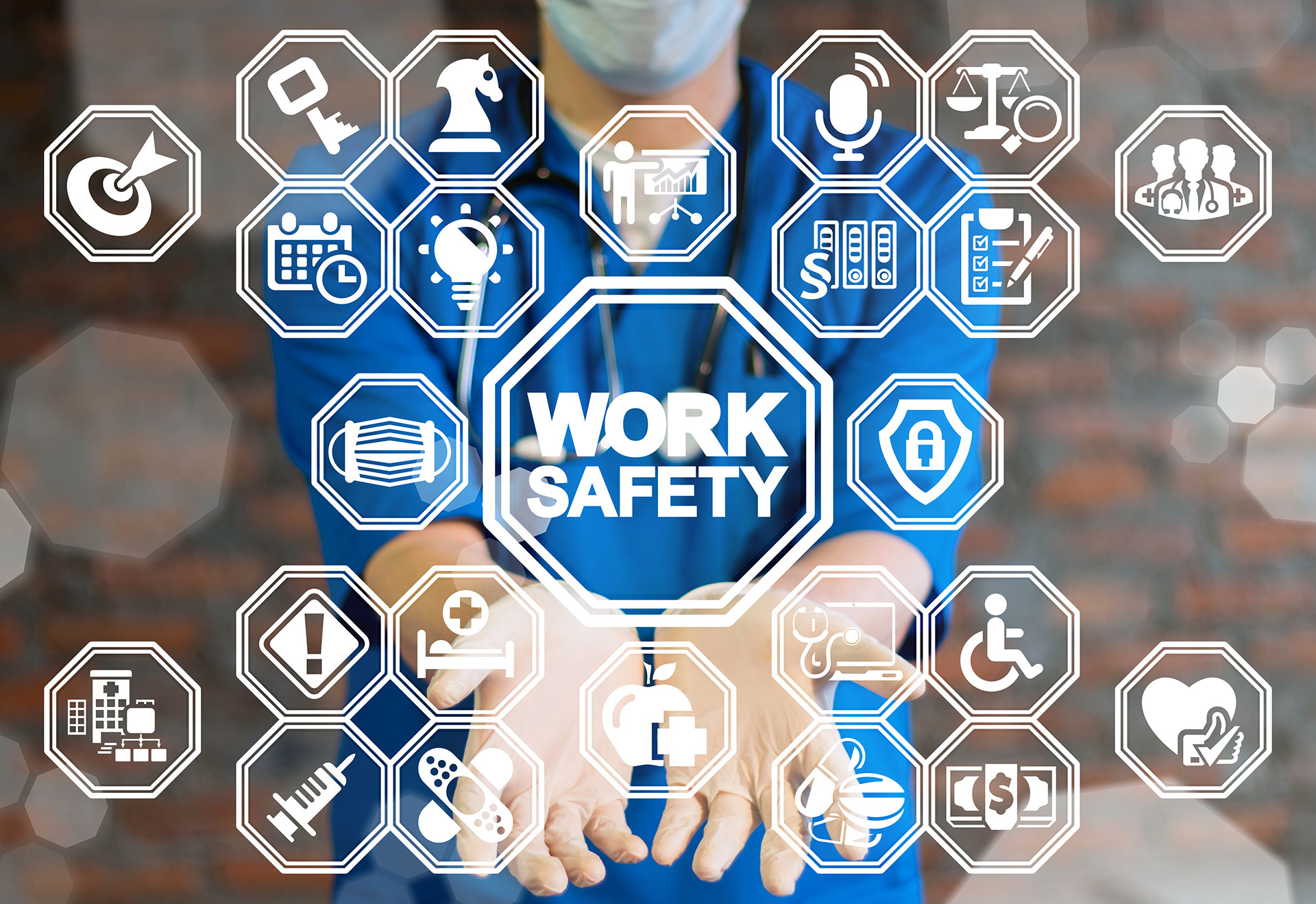Shedding Light on Workplace Safety in Social Services
These niche courses equip professionals in social service agencies with the skills to optimise health and safety at the workplace.
Health Sciences, Social Sciences, Workplace Safety and Health
Mention workplace safety and health, and most people instinctively think about high-risk industries like building and construction or oil and gas, where potential safety hazards can lead to fatal outcomes. However, keeping individuals safe from harm within a typical low-risk sector is equally paramount.
“We need to do what is reasonably possible for the well-being of employees in any organisation, regardless of the industry,” said Ken Lim, human resources manager and a member of the Workplace Safety and Health (WSH) committee at Epworth Community Services.
Epworth Community Services is a Social Service Agency (SSA) that helps at-risk and disadvantaged children and youths.
Following an email sent by the Social Service Institute (SSI) about the “Maintain Workplace Safety and Health (WSH) in Social Service Agencies” three-day course co-developed by SIT, SSI and the National Council of Social Service (NCSS), Ken signed up for it.
“The course is specifically tailored for the social service sector, equipping participants with the appropriate knowledge to comply with WSH requirements,” said Ken.

Ken Lim, HR manager of Epworth Community Services, found the classroom sharing sessions from experienced safety practitioners to be
useful in addressing safety hazards that could arise in a social service setting. (Photo: Ken Lim)
Learning Beyond Basics
Offered by SITLEARN, the course covers topics such as Singapore’s WSH Act and its interpretation, developing activity-based risk assessment, risk management plan and Emergency Response Plan (ERP).
Beyond theoretical teachings, sharing of case studies by fellow participants also made the learning experience particularly enriching for Ken.
“Some of our course mates had experiences in building and facility management or had related safety certifications. We benefitted from the sharing sessions on resolving issues that could arise during operations. Also, the course instructor generously extended advice via email even after the course had ended,” he shared.
Like Ken, John Num, a facilities and projects manager from Metta Welfare Association, which delivers social service programmes for individuals and families, found the classroom discussions helpful. As a risk assessment team leader in his organisation, John took up an additional course, “Introduction to Occupational Health and Safety (OH&S) Management System”, developed for supervisory level individuals in social service agencies.
The course focuses on helping social service agencies establish a systematic framework for managing OH&S risks.
“The two courses highlighted the importance of understanding possible risks and hazards at our workplace, especially after hearing from other participants during their presentations,” said John, who holds a certificate in Workplace Safety and Health Control Measures (bizSAFE Level 2).

Though John Num (centre) has prior knowledge of workplace safety and health measures, having case studies that are specific to the
social services sector makes it easier for him to relate to colleagues from other departments. (Photo: Finn/RS Photography)
Applying Learnings to the Workplace
What are the possible hazards in the office? How can clients and employees be kept safe and well at every touch point, from vehicular transportation to fundraising events? What are the best practices for incident investigation and reporting?
The courses have not just brought forth risky scenarios previously not considered, but also given Ken and John the knowledge and skills to do their jobs better and more efficiently.
Ken shared, “The training has provided me with the knowledge to comply with workplace safety and health requirements. I am better equipped to advise my peers in the WSH committee on important factors to consider while establishing WSH policy.”
For John, knowledge transference has been the biggest benefit. “I can now easily deliver safe work procedures and risk assessments to respective departments and get their involvement during my briefings on WSH matters. With their understanding of safety needs at the workplace and in activities they are preparing for, all I need to do now is audit their safety controls and review them if necessary.”
He added, “WSH is important for all stakeholders. By understanding how WSH efforts benefit everyone and with the OH&S management system, our colleagues will be able to better work together to ensure zero accidents or injuries at the workplace.”
"SIT’s strong partnerships with the industry and pool of expert faculty who are well-versed in the social service space, have ensured that the content on Workplace Safety and Health was comprehensive and well-aligned to specific needs within the social service sector. We hope that the courses will help SSAs gain a deeper understanding on risk control measures and approaches to maintaining and complying with workplace safety and health policies," said Mr Lee Wee Chee, Director, Social Service Institute.
This article was originally published on SIT's Digital Newsroom.

About SITLEARN









